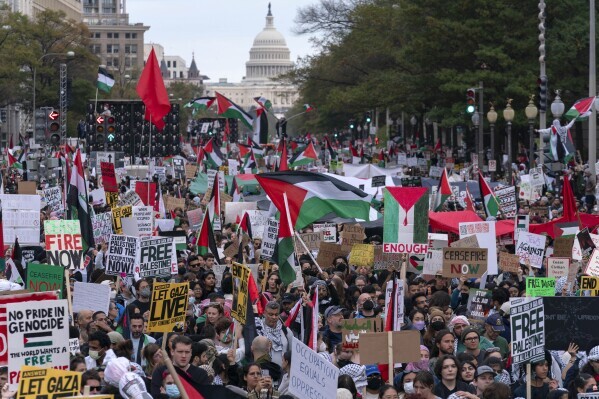Why is Trump Seeking to Reopen Alcatraz Prison?
TEHRAN (Defapress) - Donald Trump, the U.S. president, recently announced in a post on social media platform X that the Federal Bureau of Prisons has been ordered to renovate and reopen Alcatraz Prison in San Francisco Bay. This prison, known as one of the most notorious federal penitentiaries in the U.S. between 1934 and 1963, was shut down after 29 years of operation due to high maintenance costs. Trump’s announcement has sparked widespread reactions and speculation about his true motives.

Trump claimed that reopening Alcatraz would symbolize the "law and order" in America. However, this plan appears less as a practical prison policy and more as part of a political and propaganda strategy aimed at creating a psychological and security-driven atmosphere in society. This move can be analyzed within the context of the numerous domestic and foreign challenges facing the Trump administration.
The U.S. is currently grappling with significant economic instability. Trump’s tariff policies, promoted under the tag of "Liberation Day" have not only failed to revive the liberal economy but have also exacerbated inequality and increased pressure on the middle and lower classes.
This situation has fueled social discontent and mass protests. In such an environment, reopening Alcatraz could serve as a tool to instill fear and deterrence among protesters. By reviving the terrifying image of Alcatraz, a prison widely known in popular culture as inescapable and brutal, Trump aims to send a clear message: any disobedience or protest will be met with harsh punishment.
Trump’s second justification for reopening Alcatraz is to control criminal organizations and gangs. By rebranding Alcatraz as a prison for the most dangerous criminals, he seeks to portray himself as a ruthless and decisive leader against crime.
However, this comes amid his foreign policy failures, including unfulfilled promises in the Ukraine-Russia and Israel-Hamas conflicts, which have weakened his standing among supporters. The symbolic reopening of Alcatraz could serve as a domestic security "achievement" to partially offset these setbacks.

The third reason ties into the mass protests demanding an end to the war in Gaza, which have become a sensitive issue in U.S. domestic politics. These movements, often led by young activists and civil rights groups, challenge the government’s stance.
By securitizing public discourse and reviving Alcatraz as a symbol of harsh punishment, Trump may be attempting to intimidate protesters. The implicit message: even peaceful demonstrators could face severe consequences.
Figures like Nancy Pelosi, former Speaker of the House, have dismissed the plan as "non-serious and theatrical." Critics argue that the exorbitant costs of renovating and maintaining Alcatraz, combined with its lack of practical necessity in modern prison systems, render the project economically unviable and purely propagandistic.
In reality, Trump is leveraging Alcatraz’s Hollywood-infused notoriety to create a security spectacle, one that not only masks his domestic and foreign policy failures but also uses fear to preempt social unrest.
Trump’s plan to reopen Alcatraz is less about prison reform and more about political theater. Designed to manipulate public perception through psychological and security-driven narratives, the proposal emerges as America faces economic and social crises. However, high costs, lack of justification, and political backlash diminish its feasibility.
Alcatraz, once a symbol of extreme punishment, has now become a prop in Trump’s political drama.
